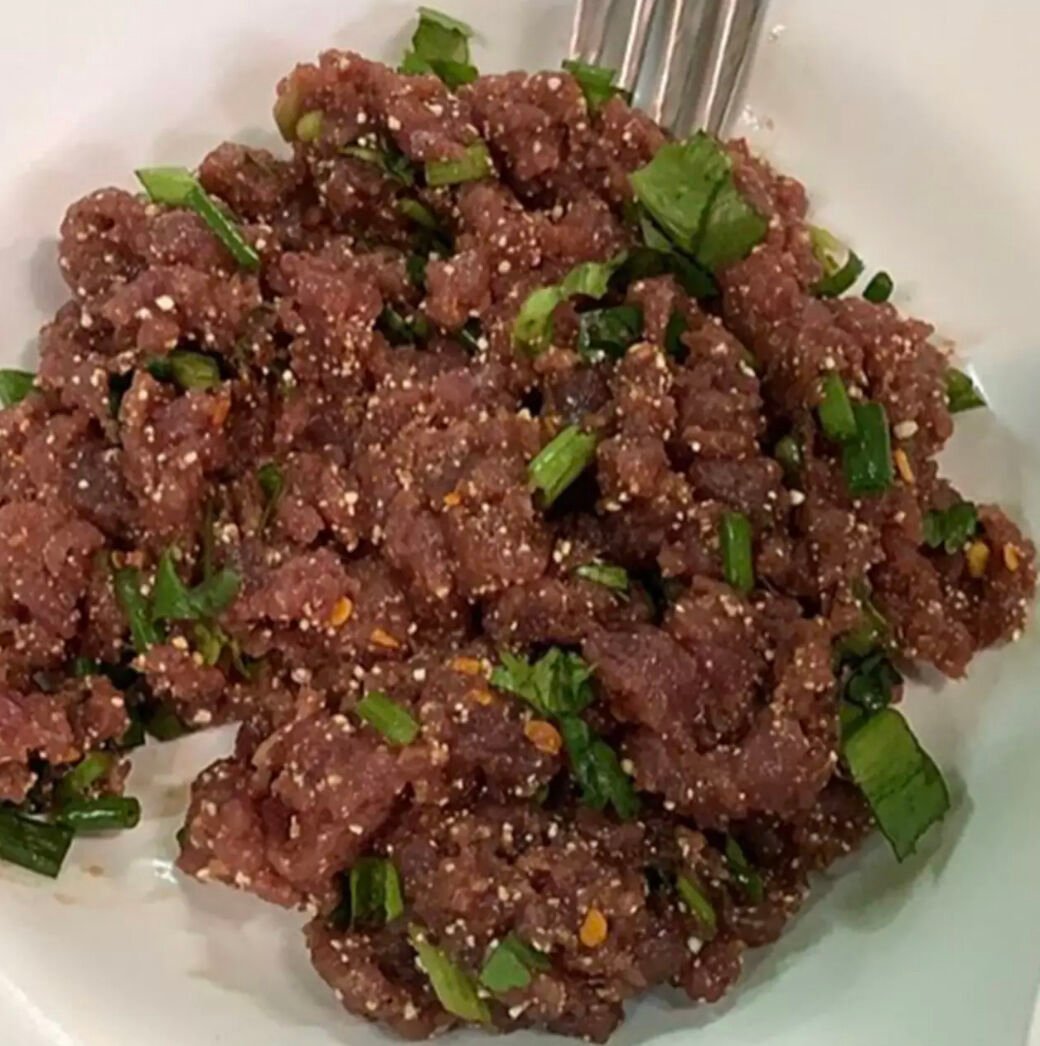Thai food’s bold blend of flavours: A culinary delight with a fatal bite

Food in Thailand is renowned worldwide for its rich and diverse flavours, combining elements of sweet, sour, salty, and spicy in unique and harmonious ways – but there’s one dish that could be fatal.
Millions of tourists flock to the Land of Smiles every year to experience the nation’s country’s vibrant culture, blending influences from China, India, Malaysia, and neighbouring Southeast Asian countries.
Among the plethora of delectable Thai dishes that whet the appetite, such as Pad Thai, Tom Yum soup, and Thai green chicken curry, there is one that demands caution – a dish so perilous that even a solitary mouthful could lead to liver cancer.
This carcinogenic creation is so deadly that it is believed to claim the lives of a staggering 20,000 people in Thailand annually.
While you are unlikely to encounter this treacherous delicacy on your local Thai takeaway menu, it enjoys immense popularity in the Thai province of Khon Kaen. Known as koi pla, it comprises minced raw fish blended with herbs, spices, and lemon juice, forming a dish relished by millions of Thai people, especially in Isaan, one of the nation’s most impoverished provinces.
Remarkably, it is not the fish itself that poses the risk of fatal liver cancer, but rather the parasitic flatworms, or liver flukes, residing within them. These parasites naturally inhabit freshwater fish in the Mekong region, and their presence has led Isaan to report the world’s highest incidence of cholangiocarcinoma, or bile duct cancer, primarily due to the prevalent consumption of raw fish.
Liver cancer
Dr Narong Khuntikeo, a Thai liver surgeon, has taken up the fight against this hazardous delicacy, driven by the tragic loss of both his parents to liver cancer stemming from its consumption. He is committed to raising awareness and combating the looming health crisis in the region, Lad Bible reported.
“It’s a very big health burden around here. But nobody knows about this because they die quietly, like leaves falling from a tree.”
This insidious disease, often referred to as the silent killer, boasts one of the lowest survival rates among all cancers when left untreated by surgery.
Over the course of four years, Dr Khuntikeo, in collaboration with scientists, doctors, and anthropologists, has conducted extensive testing among Isaan villagers to detect the presence of the parasitic flatworm. Utilizing ultrasound machines and urine testing kits, their efforts have revealed alarming statistics – up to 80% of inhabitants in certain communities were found to have ingested the deadly parasite.
While the doctor strives to disseminate information and warnings regarding the perils of koi pla, alongside local health officials implementing a school curriculum aimed at educating children about the risks associated with raw foods, he encounters resistance from the older generation. Dr. Khuntikeo laments…
“They’ll say: ‘Oh well, there are many ways to die.’ But I cannot accept this answer.”
For those who remain steadfast in their culinary traditions despite the health risks, they argue that cooking the fish – the most effective method for eliminating the parasite – irreversibly impairs its taste.
The battle against koi pla continues, as the region grapples with a culinary legacy that carries a potentially deadly price tag.
koi pla isn’t the only Thai dish you need to care about, there are several others. To find out more click HERE.
Follow more of The Thaiger’s latest stories on our new Facebook page HERE.
Latest Thailand News
Follow The Thaiger on Google News:


























